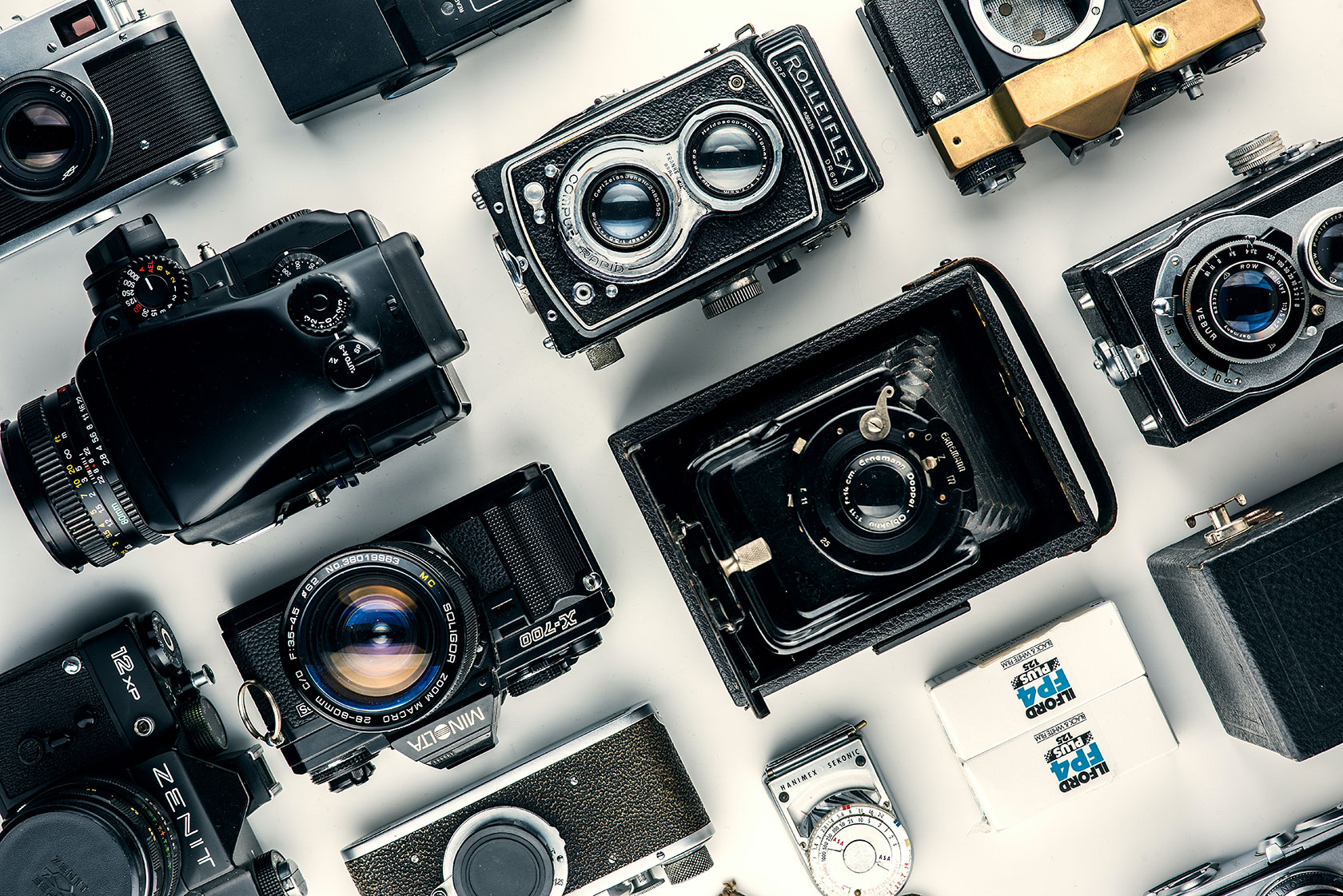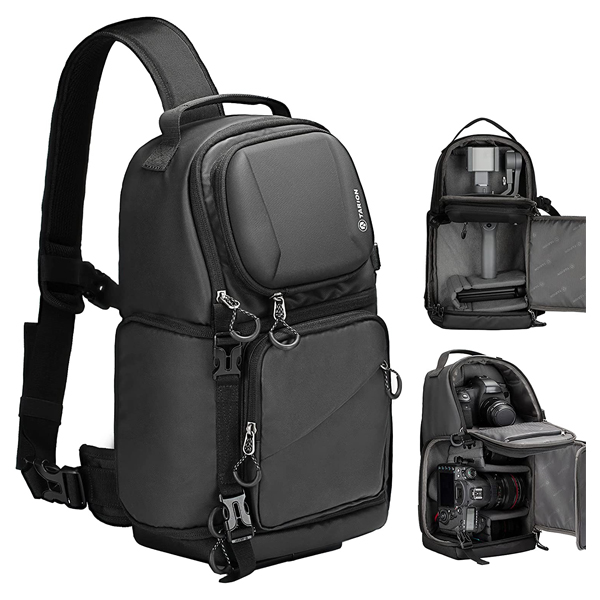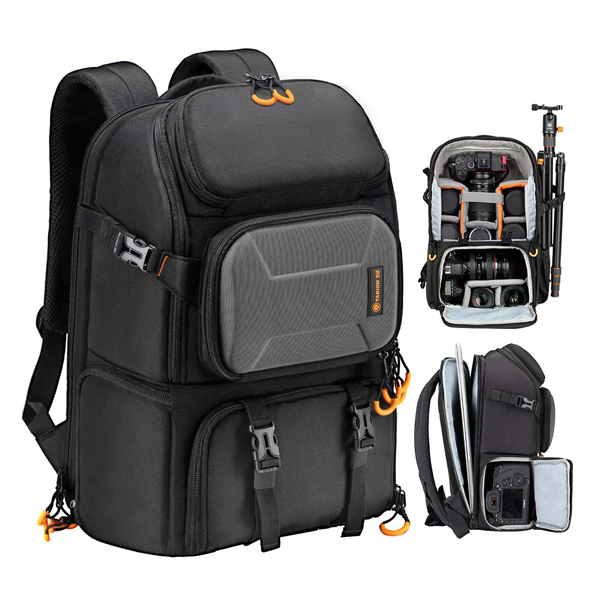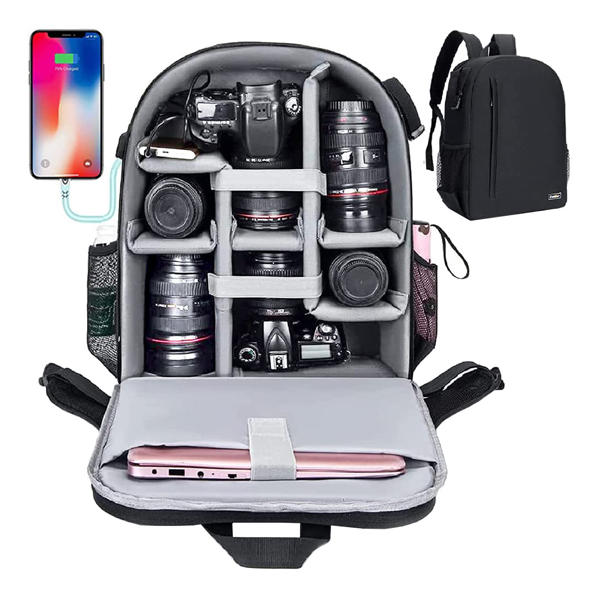Photography is one of the most artful and beautiful mediums of expression. It can capture fleeting moments, making them immortal. This can be a very satisfying pursuit, but it can also be overwhelming and daunting.
Getting ready for a photoshoot can be overwhelming, but it doesn’t have to be. By following this simple photoshoot checklist, you can make sure that you’re prepared for anything that comes your way. From what to equipment to bring to how to choose the right location, this guide will help you look your best. Photography is a form of art that uses light, angles, focus, and many other techniques to bring a subject to life. Photographers are artists who use a camera to capture a moment or scene.
It requires a lot of time and energy to master, so it’s important to know where to start. Here are a few basic tips that will help you get started with your first photo shoot if you are a professional photographer, you can still follow the checklist. This is a photography planning checklist guide and can be used for travel, portrait photography, street photography & landscapes photography.
It takes time and effort to learn the skills needed to become good at it. Here are some tips to help you along the way.
Brainstorming & Planning the Moodboard
You can research, and brainstorm for photoshoot ideas including model poses, outfits, locations and so on. You can discuss with your model the ideas and styles for the photoshoot. Once you have the basic idea of the shoot, start designing the mood board. The mood board should be a visual representation of what you want to achieve with your shoot. You can use sketches, photographs, or any other visual representation to help you. There are many ways that you can get ideas including magazines, photobooks, Pinterest, Instagram, and community creative photo-sharing websites.
What is Moodboard?
Moodboard is a collection of images and/or references related to a theme or a subject. It can be used to brainstorm ideas, inspire and direct in creating something new. Moodboard is a collection of images that will help you recall your imagination. A good mood board is visual and can have different representations of the same concept. Moodboards are great to help you when you’re creating something new or when you need a quick inspiration.
Here are some tips and examples on how to create a mood board: Keep it simple, choose one dominant colour for your mood board to make it look more professional. Make it eye-catching, keep the images and objects you choose simple, iconic, and have a focal point.
Research Models – Start by searching for models or actors that would be perfect for your shoot. If you’re shooting models, it’s best to ask for a specific look for your model. Make sure that the model you choose has the right look for your photo shoot.
Outfits – Discuss with your model and the style you wanted to achieve in your photoshoot. Make sure to have a basic idea of the outfits for models to wear in your photoshoot.
Poses – Get from references for the model poses for portrait shoot from social media, or study sample photos.
Color Tones – You might want to research the colour tones and mood that you want to match well with the outfits, models and locations etc. If you are into post-processing, you can adjust the colour tone through photo editing software or for Fujifilm shooters, you can shoot with the Fujifilm film simulation recipes for straight out of camera JPEG.
The easiest way is by using Pinterest for mood board ideas, you can create boards and pin all your favourite images and share them with your model. This will help her to visualise the shoot and make sure she’s comfortable with the look you’re going for.
Once you have a good idea of what you want to shoot, it’s time to find the right location.
Check the Weather Condition
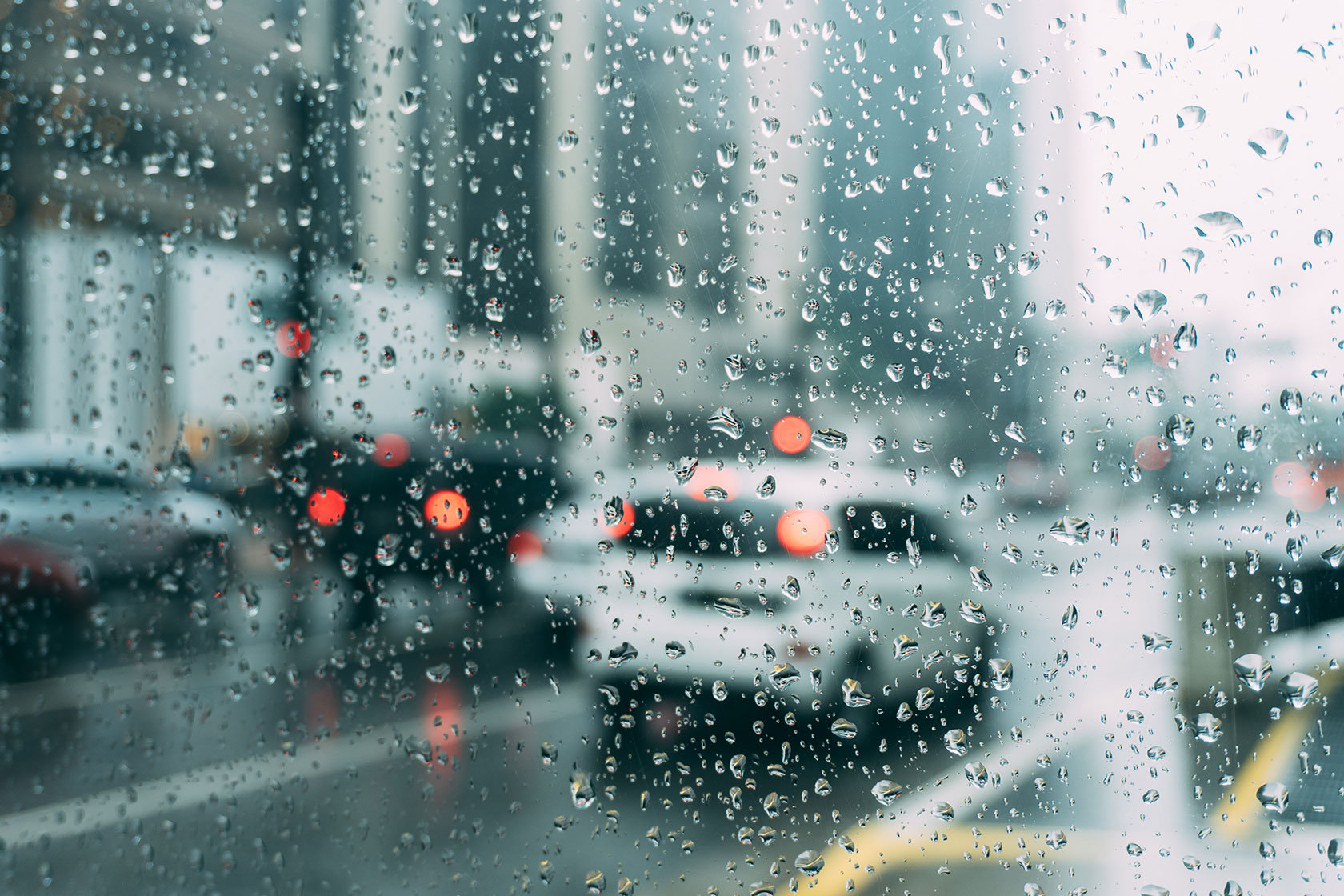
Before you even think about going out for an outdoor photoshoot, you need to check the weather condition a few days or the day before your actual shoot. Another thing to take into account before your shoot is the lighting condition. The type of light you’ll be using will have a big impact on how your images turn out. If you’re using natural light, make sure the sun is out. You should know where to find the best light if you choose the right location. Checking the weather can prevent your camera gears from getting wet during a thunderstorm.
If it’s cold outside, consider dressing in warm clothing. And, if it’s hot outside, make sure to pack some sunscreen and water. Make sure to check the temperature a few days before your shoot and make any necessary adjustments. Remember that it’s better to be prepared.
You can check the weather forecast mobile apps such as Weather for Android. Install this app on your phone and set it as widget to keep track of weather condition by daily and weekly.
Scouting The Right Location
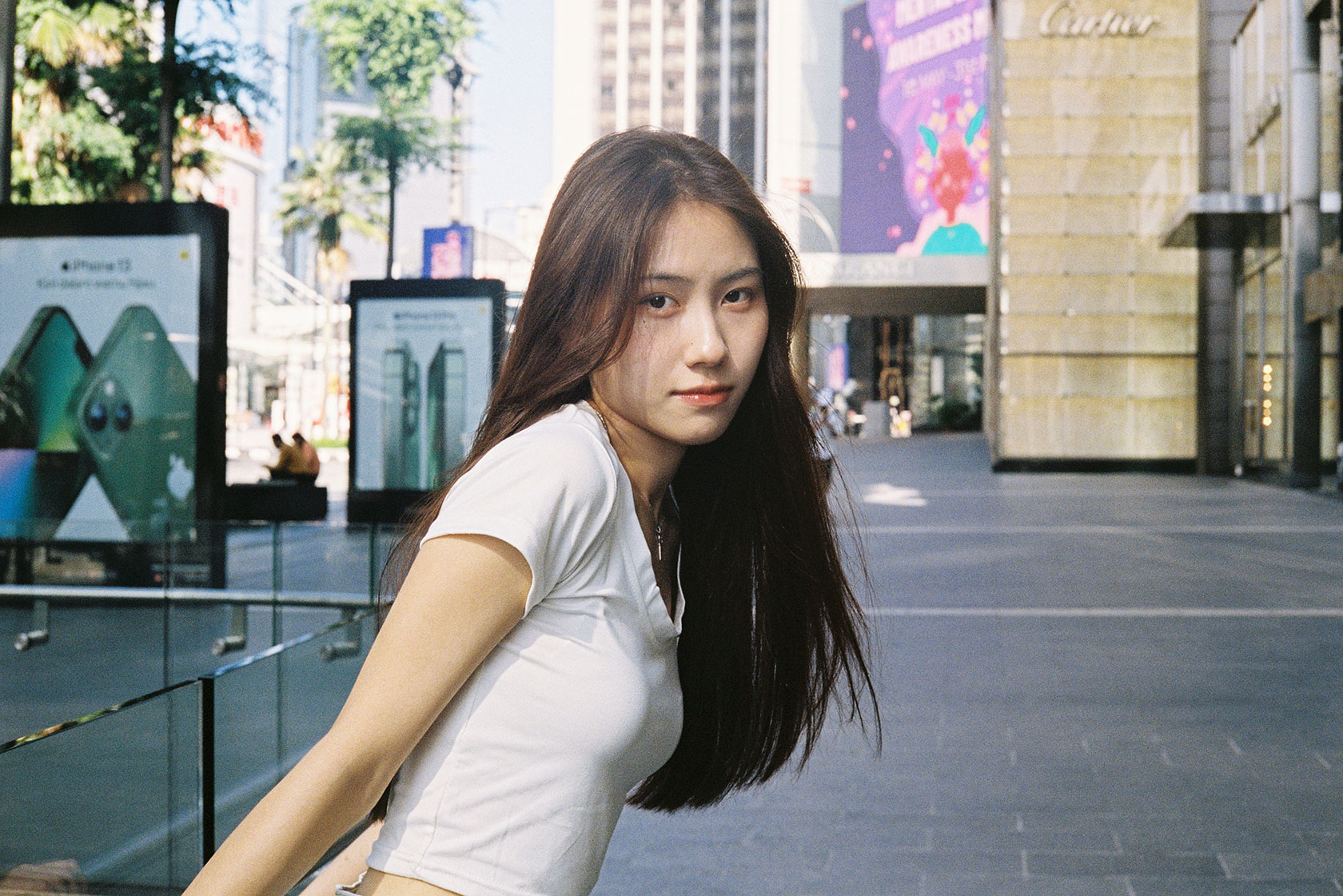
Make sure you go to survey the location before the shoot, usually I will survey the area a week before the actual shoot. When you’re scouting out potential locations, be sure to think about what type of photos you want to create. Are you looking for a classic location or something a little more unique? Choose a spot that gives you the best sunlight and interesting backgrounds. As for me, to prepare for a photo shoot, I will scout the location by bringing along my camera gears, mirrorless cameras or film camera, to do some test shots and see what are the results.
Choosing The Best Time & Day for the Shoot
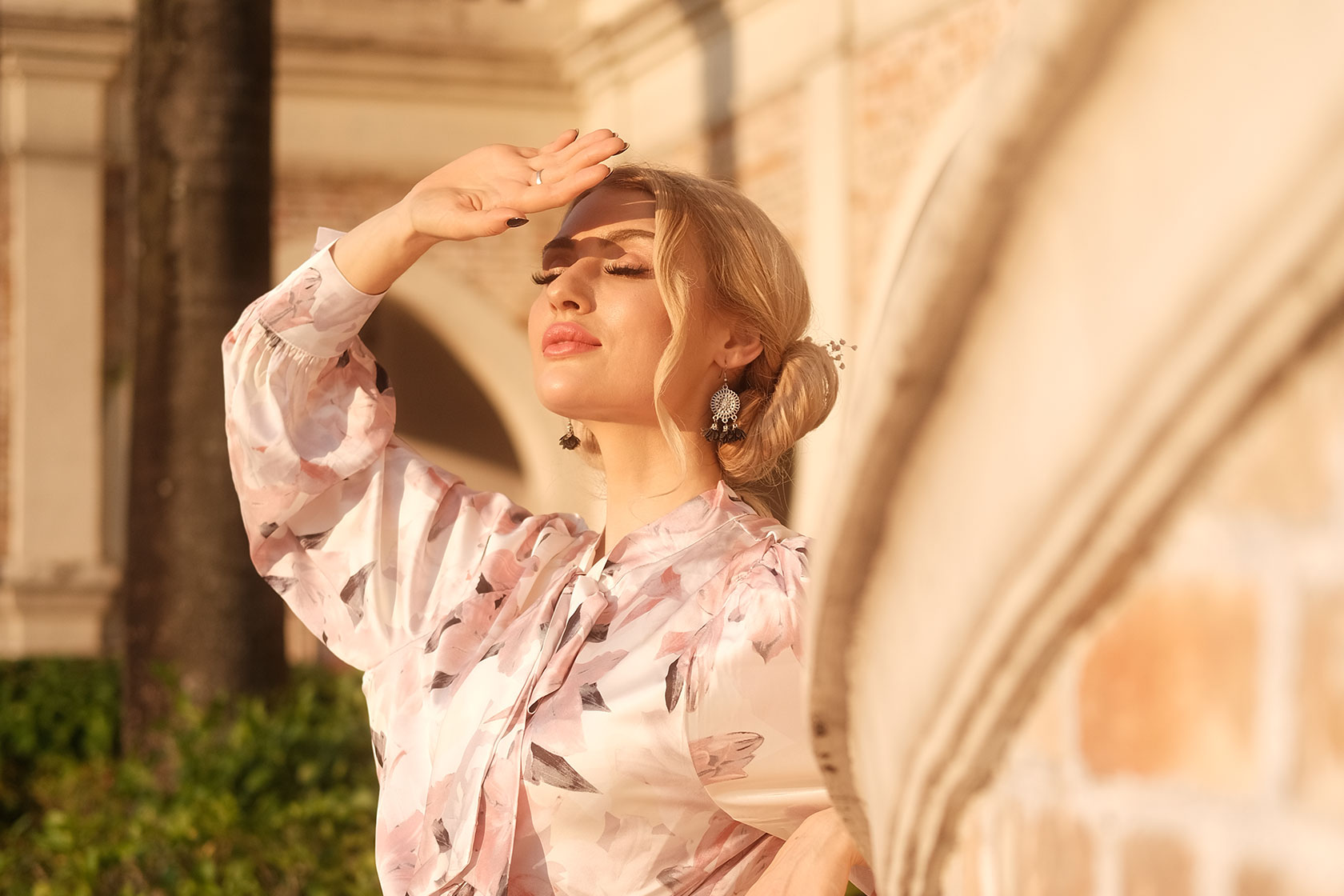
There are a lot of factors to consider when it comes to selecting the best time and day for your photoshoot. However, one thing you need to keep in mind is the light. Different times of the day have different lighting conditions, so it’s important to choose the right time for your shoot. Some good times to shoot outdoors are early morning or late afternoon. Indoors, you can shoot during the day or at night. Just make sure you have enough light and avoid too much direct sunlight.
If you want to take nice street photography photos, you can play with light and shadow during the golden hours which are early morning, and late evening. For portraits, you can choose to shoot in the morning, afternoon (recommended to shoot with off-camera flash) or late evening. For landscape, you can shoot during sunset for a warm landscape mood or during the blue hours to capture the beautiful blue sky.
What To Bring To A Photo Shoot
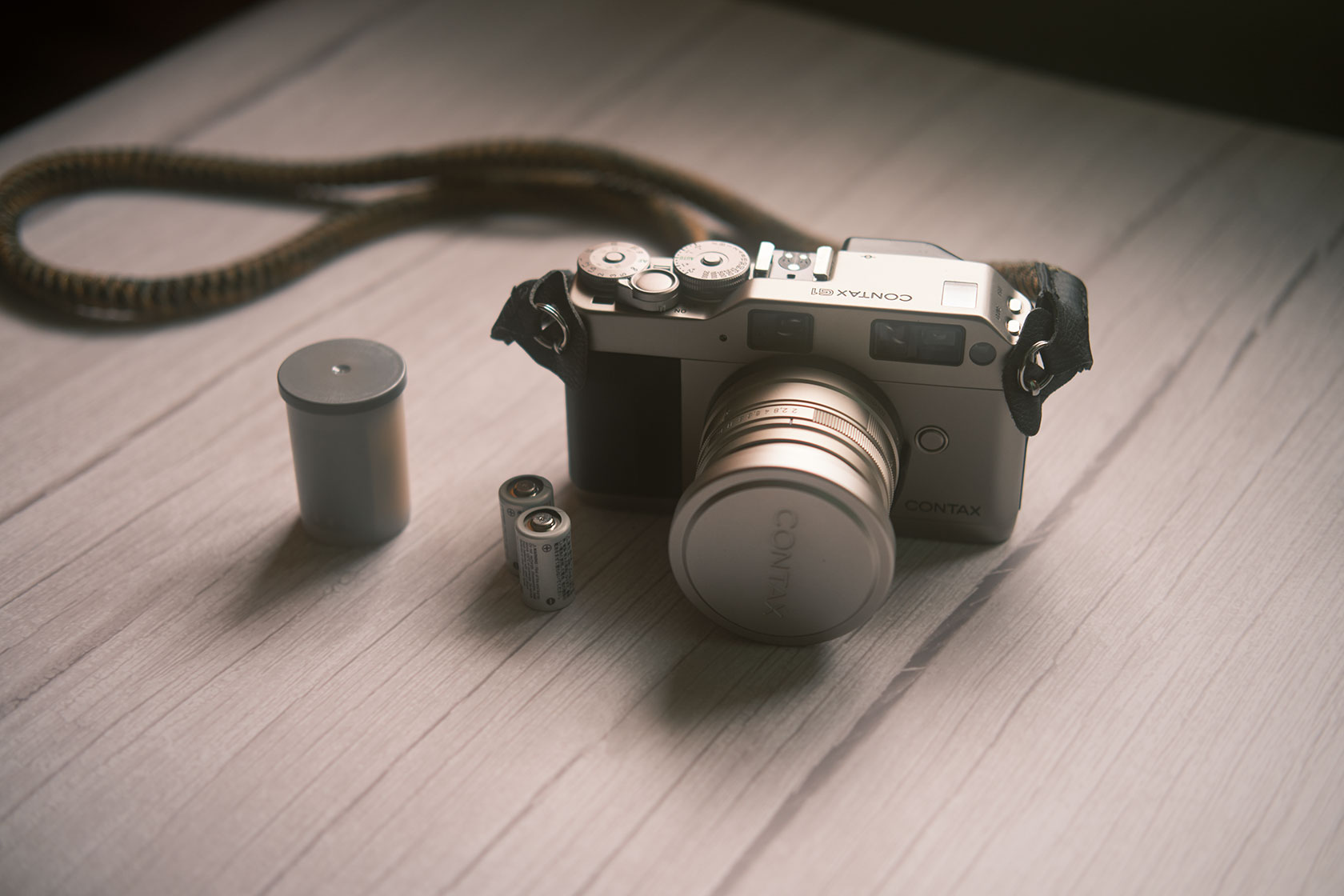
Now that you know the weather conditions, it’s time to get your equipment ready. Make sure you have the right lenses, camera body, camera flash, creative lens filters, memory cards, and batteries. In case of an emergency, be sure to have a spare battery, lens, and memory card. The thing to bring is a camera bag. This will help you store your equipment and keep it safe. If you’re going to be using natural light, make sure to bring an umbrella. And, last but not least, make sure to bring your creativity!
For Portraits – If you are shooting portraits, bring a camera with a wide-angle or portrait lens, it’s all up to you. This will give you more room to move around and get creative. If you’re going to be using an off-camera flash, make sure to bring softboxes, umbrellas, and diffusers.
For Street Photography – If you are shooting street photography, make sure you travel light. Bring a compact camera, preferably a point and shoot, and don’t bring a lot of gear. The best way to shoot street photography is to be spontaneous and be ready to snap a picture at any moment. Make sure you have a camera bag that can fit all your camera gears.
For Landscapes – If you are shooting landscapes, make sure to bring ND filters and a tripod. It will help you get the perfect shots without having to worry about shaky hands.
For Travel – Travel light as much as possible. Bring along a camera bag that can fit your camera gears such as the shoulder bags, sling bags, or backpack that is small and easy to carry around. You can bring one camera and one lens with you.
Here are some of the camera bags that can store up to two camera bodies and a few lenses plus a few compartments for storing batteries, memory cards and those small items. These camera bags are travel friendly and lightweight and you can even attach the tripod to them.
Make sure to check all the equipment you’re looking to bring along to the shoot. Charge all the batteries, check for faulty memory cards, check the camera settings and arrange the gears for easy access. You might also want to check what lenses you want to bring on that day. If you are into film photography, check your film camera’s condition and batteries, and bring extra film stocks with you. It’s important to be as organized as possible when you’re shooting. Having everything in its place will make the process go much smoother.
Enough Sleep
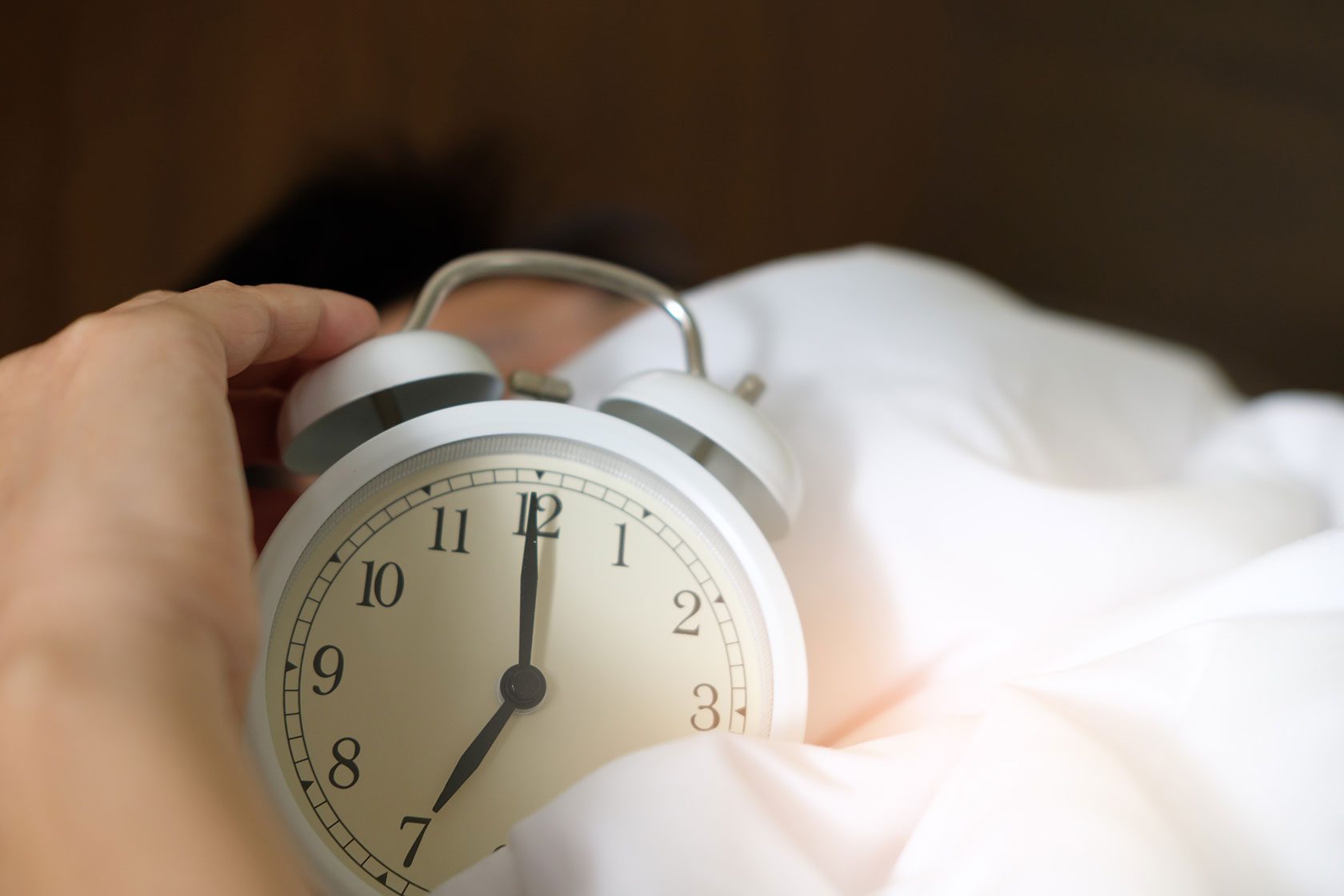
Last but not least, get enough sleep! You’ll need to be alert and focused during your photo shoot, so make sure you get enough sleep the night before. Aim for at least eight hours of sleep per night. This will help you stay energized and refreshed, which will make your shoot go more smoothly. You can also meditate to help with concentration and increase creativity.
You want to rest as much as possible so you can concentrate and don’t feel sleepy during the photo shoot. If you’re feeling overwhelmed or stressed about your photo shoot, take a quick power nap. This will help to revive you and clear your mind.
Final Thoughts
Whether it is outdoor or indoor, sometimes during a photoshoot, things might not go as planned. Don’t be afraid to make adjustments on the fly. If you notice that your model is looking tired or uncomfortable, adjust the shoot accordingly. Remember, a good photoshoot is all about capturing the moment and having fun!
Make sure to drink more water and rehydrate when shooting in hot weather. Hydration is essential for keeping your energy up and avoiding dehydration. Finally, always be respectful to your model and take care of them during the shoot. Do not force them into any poses they don’t want to do and make sure you’re mindful of their safety.
Lastly, the best way to prepare for a photo shoot is to take a few minutes before the photoshoot day to relax and prepare yourself. This will help you to have a better experience and create better photos.

